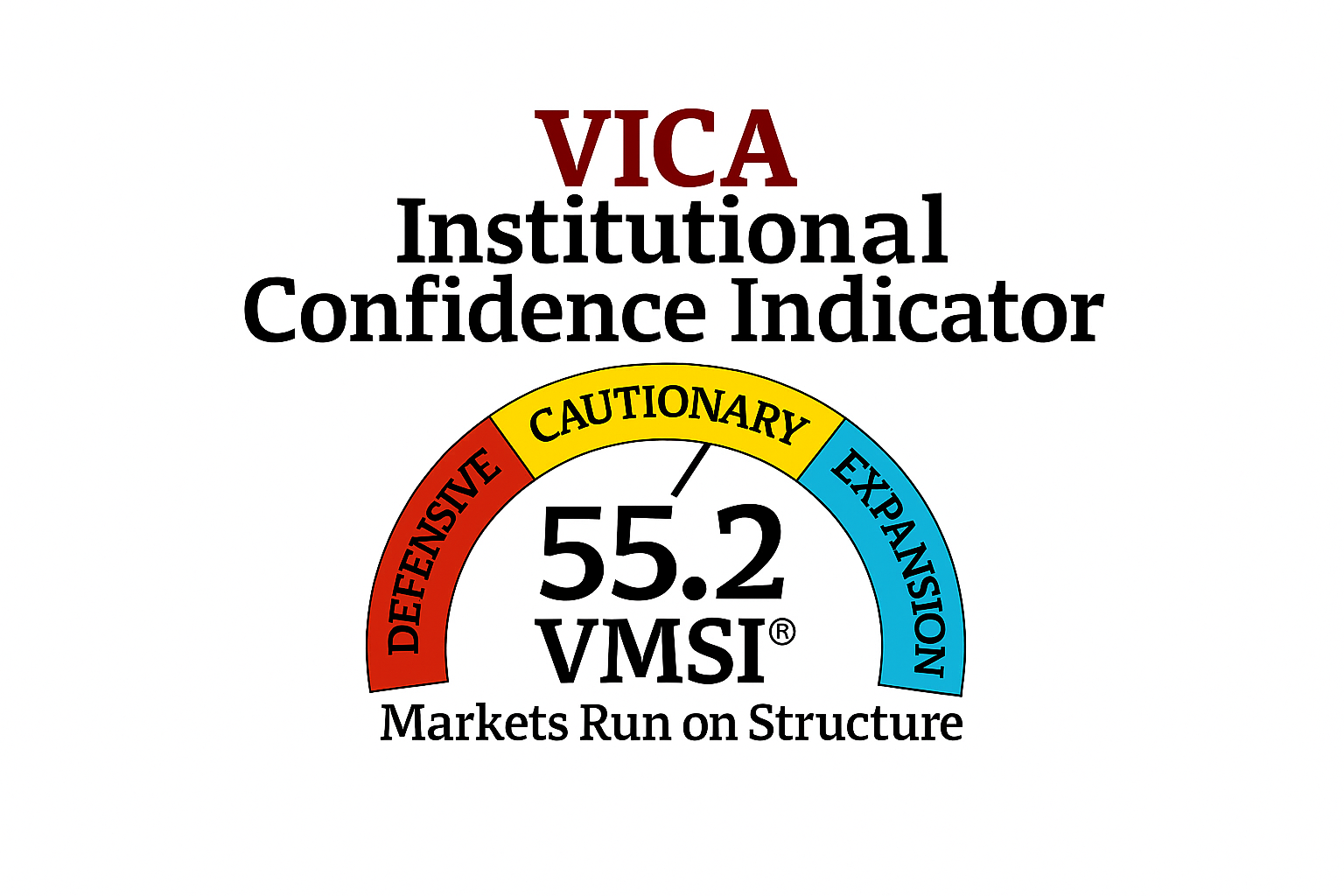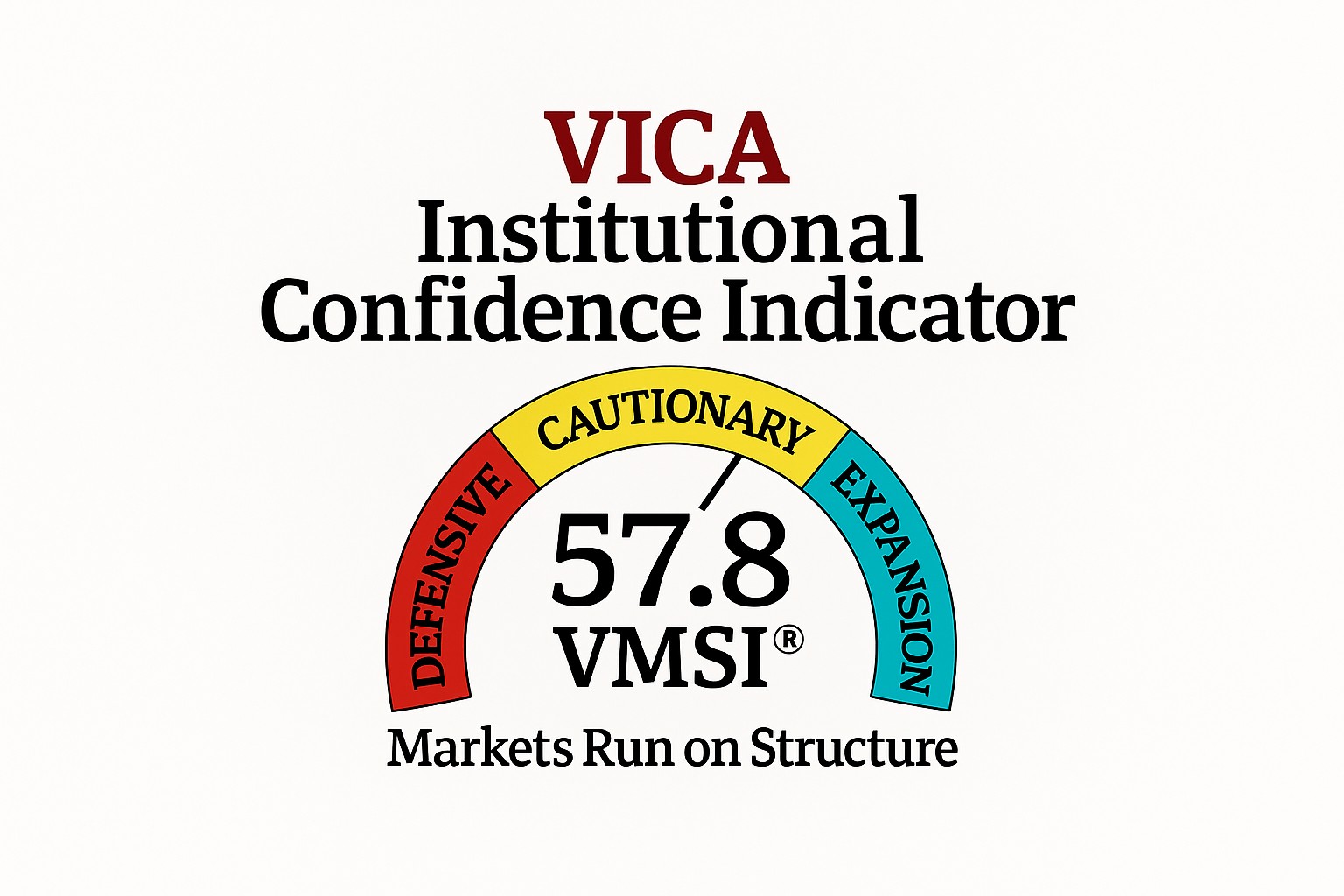OPINION
Order anticipation strategies have attracted intense attention and generated heated debates in the context of high-frequency trading (HFT). The problem of “back-running” risk that order flow leaks valuable information substantially changes the fundamental investor’s behavior.
Trading algorithms enable order anticipation strategies in an attempt to locate and trade in front of large buyers and sellers.
Large fund managers know they cannot purchase huge blocks of stock at once, so they often divide up their purchases into smaller orders. Algorithmic trading systems quickly recognize those early purchases and immediately start buying the same stock in anticipation that the larger fund’s bulk purchases will temporarily drive up its price.
Slowing down the order pathway is good for the markets
Introducing higher pricing mins through Tic size offsets “back running” in trading anticipation and work to stabilize the markets. In the case investors arguably rely on pertinent market information to make pricing decisions.
Since 2005, stock prices have been decimalized and the minimum tick size has dropped to 1 cent. That change favors automated trading, because it’s much less costly to move in and out of stocks at high speed when the incremental price changes are smaller.




